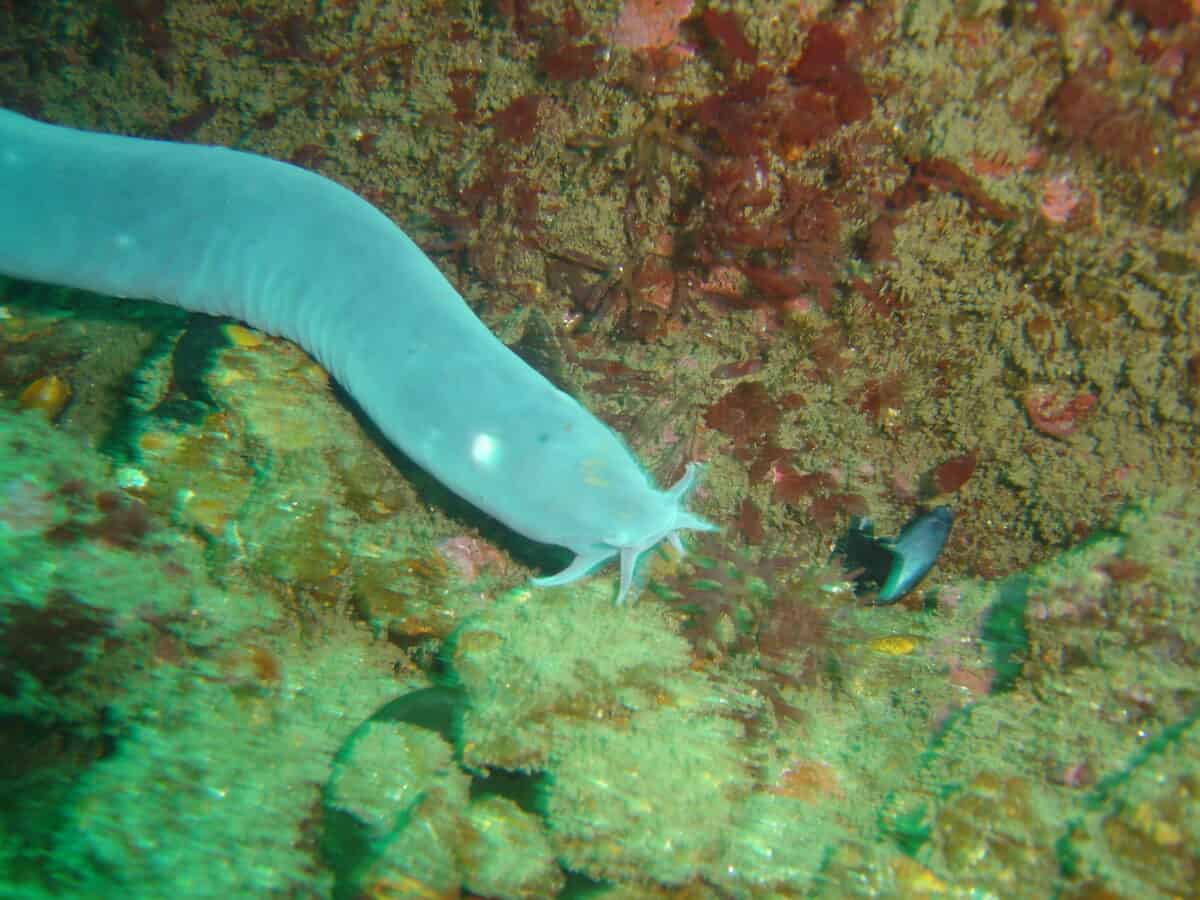Nature is a vast theater where survival often depends on creativity and adaptability. Among its repertoire, animal defenses stand out as some of the most inventive strategies for warding off predators. From the peculiar to the downright bizarre, these defense mechanisms have evolved in fascinating ways to ensure species survival. Let’s dive into the world of strange animal defenses and discover how different creatures employ unique methods to stay safe in the wild.
12. The Hairy Frog’s Bone Breakage

One of the most unusual defence mechanisms is exhibited by the hairy frog, native to Central Africa. When threatened, it intentionally breaks its own toe bones, pushing them through its skin to create sharp claws. This gruesome adaptation serves as both a striking self-defence tool and a reminder of the extreme lengths to which animals will go to survive.
11. Bombardier Beetle’s Chemical Cannon

The bombardier beetle is a brilliant chemist in the insect world. When threatened, it mixes chemicals in its abdomen to produce a scalding hot spray forcefully ejected towards its predator. This chemical cannon wards off threats effectively, demonstrating how chemistry can play a vital role in animal defense.
10. The Detachable Tail of the Lizard

Many lizard species, including the common gecko, have mastered the art of losing their tails to escape danger. This process, known as autotomy, allows the lizard to distract predators with their wriggling tails while they make a swift escape. Remarkably, the lizards can regenerate their tails over time, maintaining their ability to evade threats repeatedly.
9. The Hagfish’s Slime Defense

Hagfish have perfected a slimy defense. When threatened, they produce copious amounts of slime that can suffocate predators by clogging their gills. This gooey response ensures that few animals would wish to tangle with the hagfish, keeping it safe in its ocean home.
8. Cuttlefish’s Color-Changing Camo

Cuttlefish are the chameleons of the sea. These mollusks can instantaneously change their skin color and texture to blend seamlessly with their surroundings. This camouflage acts as both a hiding mechanism and a tool to confuse predators, showcasing their remarkable adaptability in the face of danger.
7. Sea Cucumber’s Evisceration

When under threat, the sea cucumber expels its internal organs from its body, creating a distraction for predators. This grotesque act of evisceration allows them to escape while the attacker is left dealing with the unexpected mess. Surprisingly, these organs regenerate over time, making this defense sustainable.
6. Opossum’s Convincing Act of Playing Dead

Possibly one of the most well-known defenses, the opossum’s act of playing dead—also called thanatosis—can deter predators who prefer live prey. During this state, the opossum can appear lifeless for hours, accompanied by a foul odor to simulate death, effectively tricking potential threats into leaving it alone.
5. The Self-Inflation of the Pufferfish

Pufferfish have an extraordinary ability to inflate themselves dramatically when threatened. By gulping water or air, their size increases as they deter predators with their new formidable appearance. Additionally, many species are covered with spines and carry a toxic substance called tetrodotoxin, further dissuading attackers.
4. Octopus’s Ink Cloud Escape

When faced with danger, many octopus species release a cloud of dark ink to obscure the predator’s view and reduce their sense of smell. This ink cloud can act as both a visual shield and a means of escape, allowing the octopus to disappear into the depths before its adversary can regroup.
3. The Armor of the Armadillo

Armadillos rely on their tough, armored shells for protection. When threatened, some species can curl into a tight ball, encasing their vulnerable underbellies. This defensive strategy shields them from would-be predators, effectively turning their armor into an impenetrable fortress.
2. The Hognose Snake’s Dramatic Death Performance

The hognose snake has a fascinating defense mechanism involving dramatic theatrics. When threatened, it flattens its neck like a cobra and hisses. If this doesn’t work, it will carry out an elaborate death scene, convulsing and emitting a foul odor before lying motionless, belly-up, in a feat of deceptive performance worthy of an actor.
1. Malaysian Exploding Ants’ Sacrificial Detonation

The Malaysian exploding ants have taken altruism to the next level. When threatened, workers can contract their abdominal muscles forcefully, rupturing the glands inside to release a sticky, toxic substance onto their attacker. This act of self-sacrifice protects the colony by warding off predators at the cost of the individual ant.
In the vast and varied ecosystem of Earth, survival drives innovation in unexpected ways. These remarkable animal defenses highlight the lengths to which species will go to protect themselves, illustrating the creativity and resourcefulness that have evolved over time. By understanding these fascinating strategies, we gain a deeper appreciation of the complexity and diversity of life on our planet.
- This Fish Has the Most Teeth in the Ocean—And Uses Them Well - August 9, 2025
- How Wolves Use Group Howls to Reunite With Pups - August 9, 2025
- 12 Dog Breeds That Form the Deepest Emotional Bonds with Their Owners - August 9, 2025

